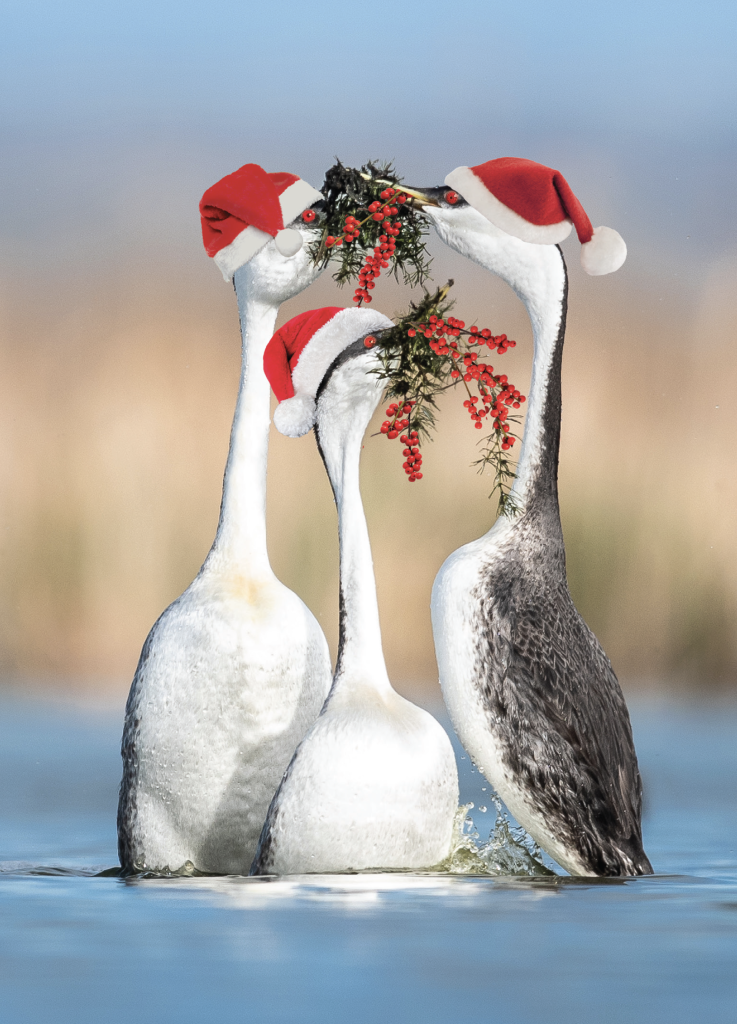
Photo credit: Kinan Echtay
Happy close of 2022 COASSTers!
This year we breathed a small sigh of relief as the COVID pandemic eased enough for us to return to all of your communities in person. We’ve totally enjoyed developing the COASSTLite! online training sessions, but let’s face it – learning is richer and deeper in-person. Julia island-hopped from the San Juans in WA to Unalaska in the Aleutians; and we picked up ~130 new folks across virtual and in-person trainings. Thanks to everyone who helped, hosted and connected us to community!
From the sustainability desk, everyone will be happy to hear that our wooden bird tags have become extra-sustainable because they are now produced at the UW from ‘campus wood’ – big old trees downed by disease or storms, and used in the university sign shop, our new partner!
In bird news, we’re at almost 95,000 found. Only a mild uptick from last year as the mortality event wave subsided. We picked up a few more species, bringing our total to 207. Cool additions include a Snowy Plover, a Hudsonian Godwit, and a Slaty-backed Gull, the 14th gull on our list!
Debris-ers logged 2,589 new items, including a #2 Ticonderoga pencil in Bowman Bay, and a French-language Kettle Chips wrapper at Cherry Point. You never know what you’re going to find on a COASST survey.
This year also marked our first marine debris publication. Woohoo! Visiting Fulbright postdoc Kathy Willis spearheaded an analysis of inside waters (Salish Sea) versus outer coast patterns in our data. Her findings will be featured in a Science Update, but the spoiler alert brain teaser is that while outer coast beaches have more trash per kilometer, inside waters beaches are trashier! Go figure…
And speaking of publications, PhD student Jazzmine Waugh’s first COASST paper came out! She explored whether the types of birds washing in following Pacific Northwest oil spills are different than the long-term COASST baseline. The short answer is: some birds, like Common Murres, are top species in the baseline and even more elevated in the oil spill count. But other species, like Tufted Puffins, are relatively rare in the baseline, and spike up after some oil spills. Both papers appeared in the journal Marine Pollution Bulletin.
Of course, none of those publications could have happened without the amazing stick-to-itiveness of COASSTers hitting the beaches monthly. A special shout-out to our inside waters and Southeast Alaska COASSTers, who stick it out even when they go a year or more (!) without a bird. Second shout-out to marine debris-ers for super dedication to this work. Know that your data are starting to turn heads in the science and resource management worlds.
Hoping the holidays afford you all time to visit with family and friends, eat a lovely home-cooked meal together, and – of course – go out on a COASST survey (just kidding; well, almost kidding…).
Happy Holidays!
Julia, Jackie, Anna, Charlie, Tim, Jazzmine, and the COASST interns
